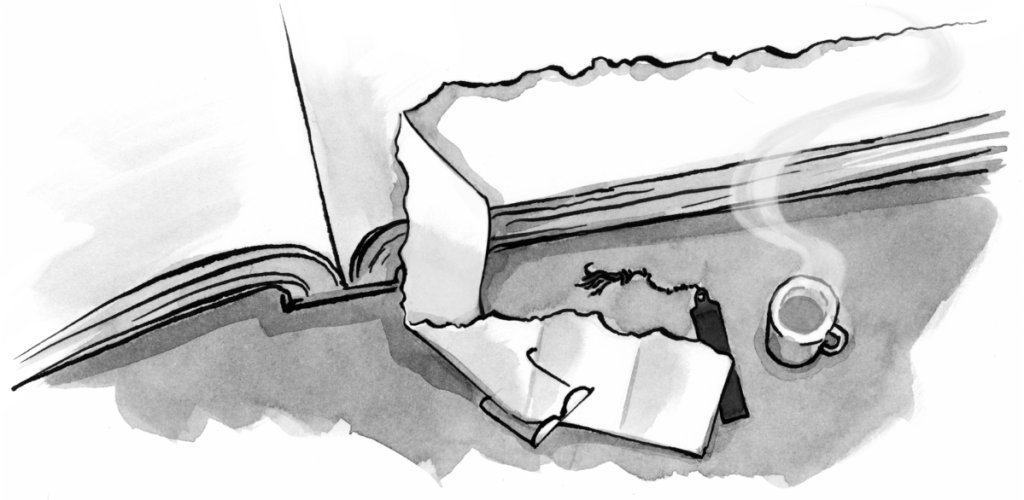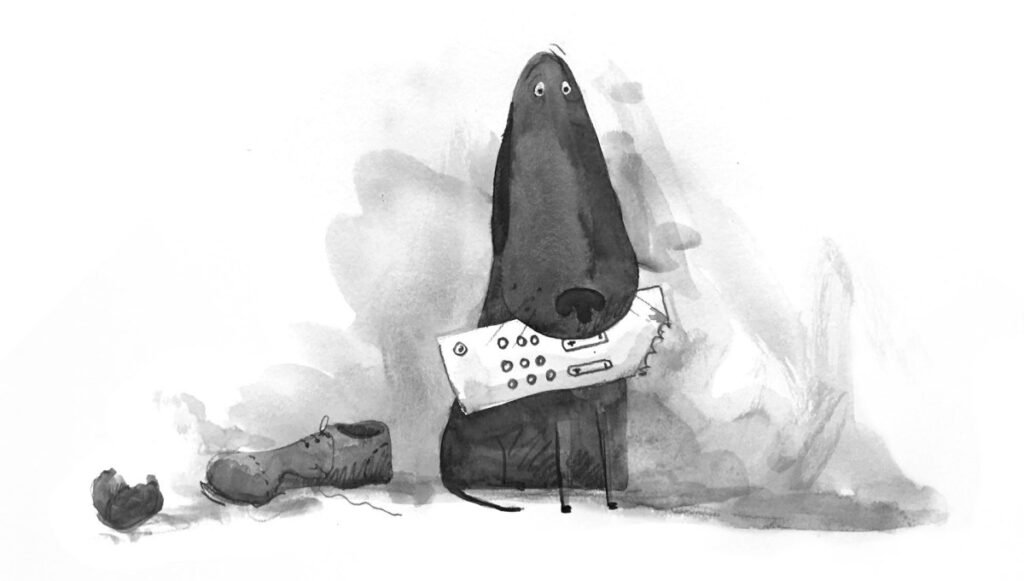The time had come for The Big Departmental Website Redesign, and my content strategist heart was all aflutter. Since I work at a research university, the scope wasn’t just the department’s site—there were also 20 microsites focusing on specific faculty projects. Each one got an audit, an inventory, and a new strategy proposal.
Article Continues Below
I met one-on-one with each faculty member to go over the plans, and they loved them. Specific strategy related to their users and their work! Streamlined and clarified content to help people do what needed doing! “Somebody pinch me,” I enthused after another successful and energizing meeting.
Don’t worry, the pinch came.
I waltzed into my next microsite meeting, proud of my work and capabilities. I outlined my grand plan to this professor, but instead of meeting with the enthusiasm I expected, I was promptly received a brick wall of “not interested.” She dismissed my big strategy with frowns and flat refusals without elaboration. Not to be deterred, I took a more specific tack, pointing out that the photos on the site felt disconnected from the research. No dice: she insisted that the photos not only needed to stay, but were critical to understanding the heart of the research itself.
She shot down idea after idea, all the while maintaining that the site should both be better but not change. My frustration mounted, and I finally pulled my papers together and asked, “Do you really even need a website?!” Of course, she scoffed. Meeting over.
Struggles with subject-matter experts (SMEs) are as diverse as the subject-matter experts themselves. Whether they’re surgeons, C-level executives, engineers, policy makers, faculty—we as web workers need SMEs for their specialized content knowledge. Arming yourself with the right tools, skills, and mentalities will make your work and projects run smoother for everyone on your team—SME included.
The right frame of mind#section2
Know that nobody comes to the table with a clean slate. While the particulars may be new—a web presence, a social media campaign, a new database-driven tool—projects aren’t.
When starting off a project, I’ll ask each person why they’re at the table. Even though it may be obvious why the SME is on the team, each person gets equal time (no more than a minute or two) to state how what they do relates to the project or outcome. You’re all qualified to be there, and stating those qualifications not only builds familiarity, but provides everyone with a picture of the team as a whole.
I see SMEs as colleagues and co-collaborators, no matter what they may think of me and my lack of similar specialized knowledge. I don’t come to them from a service mentality—that they give me their great ideas and I humbly craft them to be web-ready. We’re working together to create something that can serve and help the user.
Listening for context#section3
After my disastrous initial meeting with the prickly professor, I gave myself some time to calm down, and scheduled another meeting with one thing on my agenda: listening. I knew I was missing part of the story, and when we sat down again, I told the SME that I only wanted her to talk to me about the site, the content, and the research.
I wasn’t satisfied with her initial surface-level responses, because they weren’t solvable problems. To find the deeper root causes of her reluctance, I busted out my friends the Five Ws (and that tagalong how). When she insisted something couldn’t be removed or changed, I breezed right past why, because it wasn’t getting me anywhere. Instead, I asked: when did you choose this image? Where did this image come from? If it’s so essential to the site, it must have a history. I kept asking questions until I understood the context that existed already around this site. Once I understood the context, I could identify the need that content served, and could make sure that need was addressed, rather than just cutting it out.
Through this deeper line of questioning, I learned that the SME had been through an earlier redesign process with a different web team. They started off much in the same way I had—with big plans for her content, and not a lot of time for her. The design elements and photos that she was determined to hang on to? That was all that she had been able to control in the process before.
By swooping in with my ideas, I was just another Web Person to her, with mistrust feeding off old—but still very real—feelings of being ignored and passed over. It was my responsibility to build the working relationship back up and make it productive.
In the end, the SME and I agreed to start off with only a few changes—moving to a 960-pixel width and removing dead links—and left the rest of the content and structure as-is in the migration. This helped build her trust that I would not only listen to her, but be a good steward of her content. When we revisited the content later on, she was much more receptive to all my big ideas.
If someone seems afraid, ornery, reluctant, distrustful, or any other work-hampering trait, they’re likely not doing it just to be a jerk—there are histories, insecurities, and fears at work beneath the less-than-ideal behavior, as Kerry-Anne Gilowey points out in her presentation “The People Puzzle: Making the Pieces Fit.”
Listening is a key skill here: let them be heard, and try to uncover what’s at the root of their resistance. Some people may have a natural affinity for these people skills, but anyone will benefit from spending time practicing and working on them.
Tools before strategy, heading for tragedy#section4
Being a good listener, however, is not a simple Underpants Gnome scheme toward project success:
- Listen to your frustrating SME
- …
- PROFIT
Sometimes you and your SME are on the same page, ready to hop right in to Shiny New Project World! And hey, they have a great idea of what that new project is, and it is totally a Facebook page. Or a Twitter feed. Or an Instagram account, even though there is nothing to take photographs of.
This doesn’t necessarily indicate a mentality of “Social media, how hard can it be!”–instead, exuberance signals your SME’s desire to be involved in the work.
In the case of social media like Facebook or Twitter, the SME knows there is a conversation, a connection, happening somewhere, and they want to be a part of it. They may latch onto the thing they’ve heard of—maybe they check out photos of their friend’s kids on Facebook, or saw the use of hashtags mentioned during a big event like the World Cup. They’re not picking a specific tool just to be stubborn—they often just don’t have a clue as to how many options they actually have.
Sometimes the web is a little freaky, so we might as well stare it in the face together:

Each wedge of this photo is a different type of service, and inside the wedge are the sites or tools or apps that offer that service. This is a great way to show the SME the large toolbox at our disposal, and the need to be mindful and strategic in our selection.
After peering at the glorious toolbox of possible options, it becomes clear we’ll need a strategy to pick the right tool—an Allen wrench is great for building an IKEA bookshelf, but is lousy for tearing down drywall. I start my SME off with homework—a few simple, top-level questions:
- Who is this project/site/page for?
- Who is this project/site/page not for?
Oftentimes, this is the first time the SME has really thought about audience. If the answer to Question 1 is “everyone,” I start to ask about specific stakeholder groups: Customers? Instructors? Board Members? Legislators? Volunteers? As soon as we can get one group in the “not for” column, the conversation moves forward more easily.
An SME who says a website is “for everyone” is not coming from a place of laziness or obstinacy; the SMEs I work with simply want their website to be the most helpful to the most people.
- What other sites out there are like, or related to, the one we hope to make?
SMEs know who their peers, their competitors, and their colleagues are. While you may toil for hours, days, or weeks looking at material you think is comparable, your SME will be able to rattle off people or projects for you to check out in the blink of an eye. Their expertise saves you time.
There are obviously a lot more questions that get asked about a project, but these two are a great start to collaborative work, and function independently of specific tools. They facilitate an ongoing discussion about the Five Ws, and lay a good foundation to think about the practical side of the how.
Get yourself (and your project, and your team) right#section5
It is possible to have a great working relationship with an SME. The place to start is with people—meet your SME, and introduce yourself! Meet as soon as the project starts, or even earlier.
Go to their stomping grounds#section6
If you work with a large group of SMEs, find out where and when they gather (board meetings, staff retreats, weekly team check-ins) and get on the agenda. I managed to grab five minutes of a faculty meeting and told everyone who I was, a very basic overview of what I did, and that I was looking forward to working together—which sped up putting faces to names.
Find other avenues#section7
If you’re having trouble locating the SMEs—either because they’re phenomenally busy or reluctant to work together—try tracking down an assistant. These assistants might have access to some of the same specialized knowledge as your SME (in the case of a research assistant), or they could have more access to your SME themselves (in the case of an executive assistant or other calendar-wrangler). Assistants are phenomenal people to know and respect in either of these cases; build a good, trusting relationship with them, and projects will move forward without having to wait for one person’s calendar to clear.
Make yourself available#section8
Similarly, making yourself easier to find can open doors. I told people it was fine to “drop by any time,” and, while true, actually left people with no sense of my availability. When I started establishing set “office hours” instead, I found that drop-in meetings happened more often and more predictably. People knew that from 9 to 11 on Tuesdays and Thursdays, I was happy to talk about any random thing on their mind. I ended up having more impromptu meetings that led to better work.
For those of you about to collaborate, we salute you#section9
SMEs, as stated in their very name, have specialized knowledge I don’t. However, the flip side is also true: my specialized knowledge is something they need so their content can be useful and usable on the web. Though you and your SMEs may be coming from different places, with different approaches to your work, and different skill sets and knowledge, you’ve got to work together to advance the project.
Do the hard work to understand each other, and move forward even if the steps seem tiny (don’t let perfect be the enemy of the good!). Find a seed of respect for each other’s knowledge, nurture it as it grows, and bask in the fruits of your labor—together.



